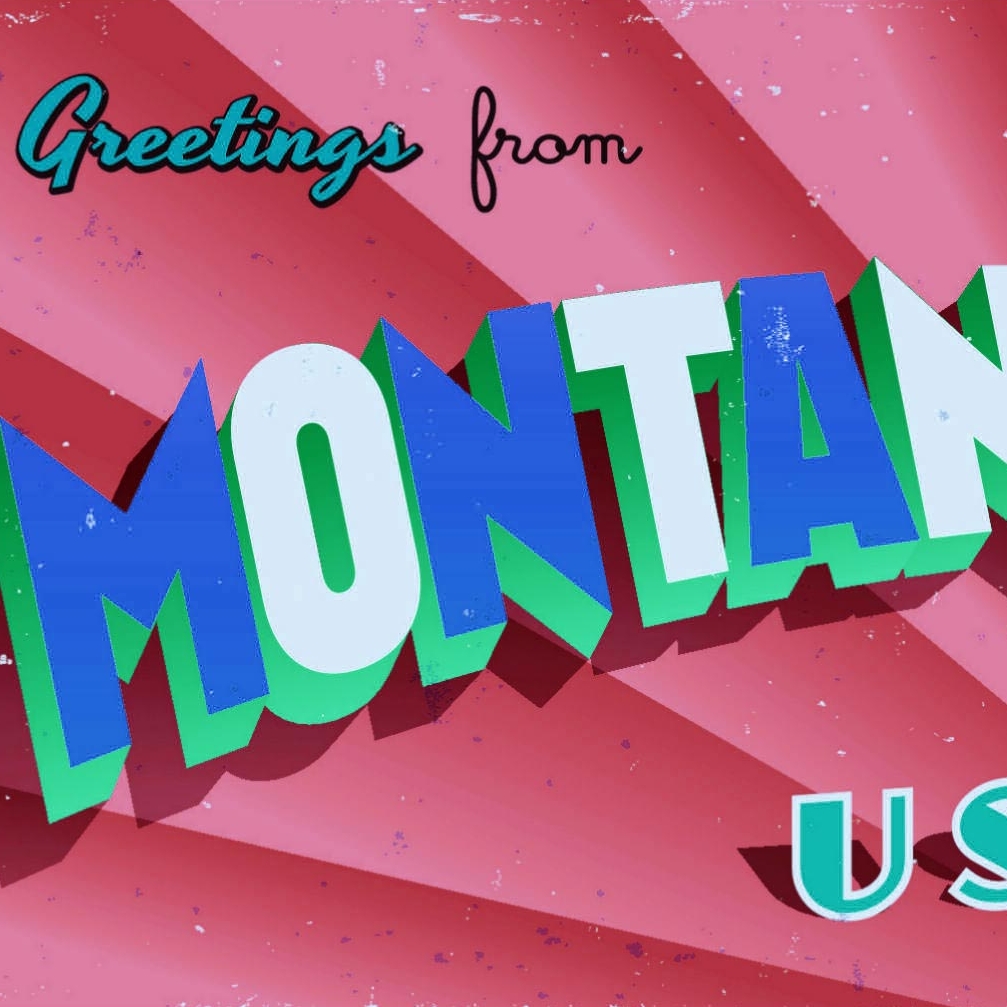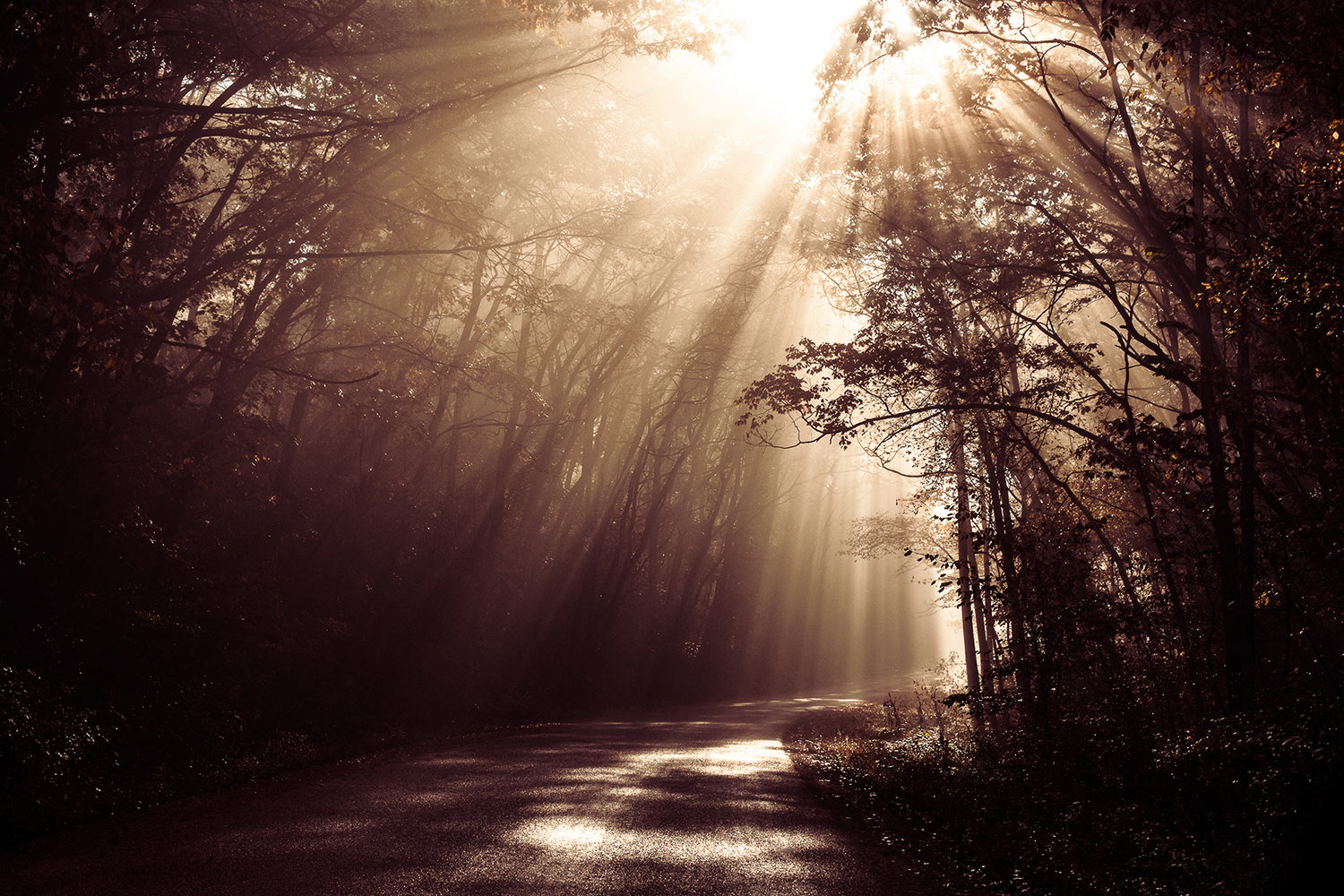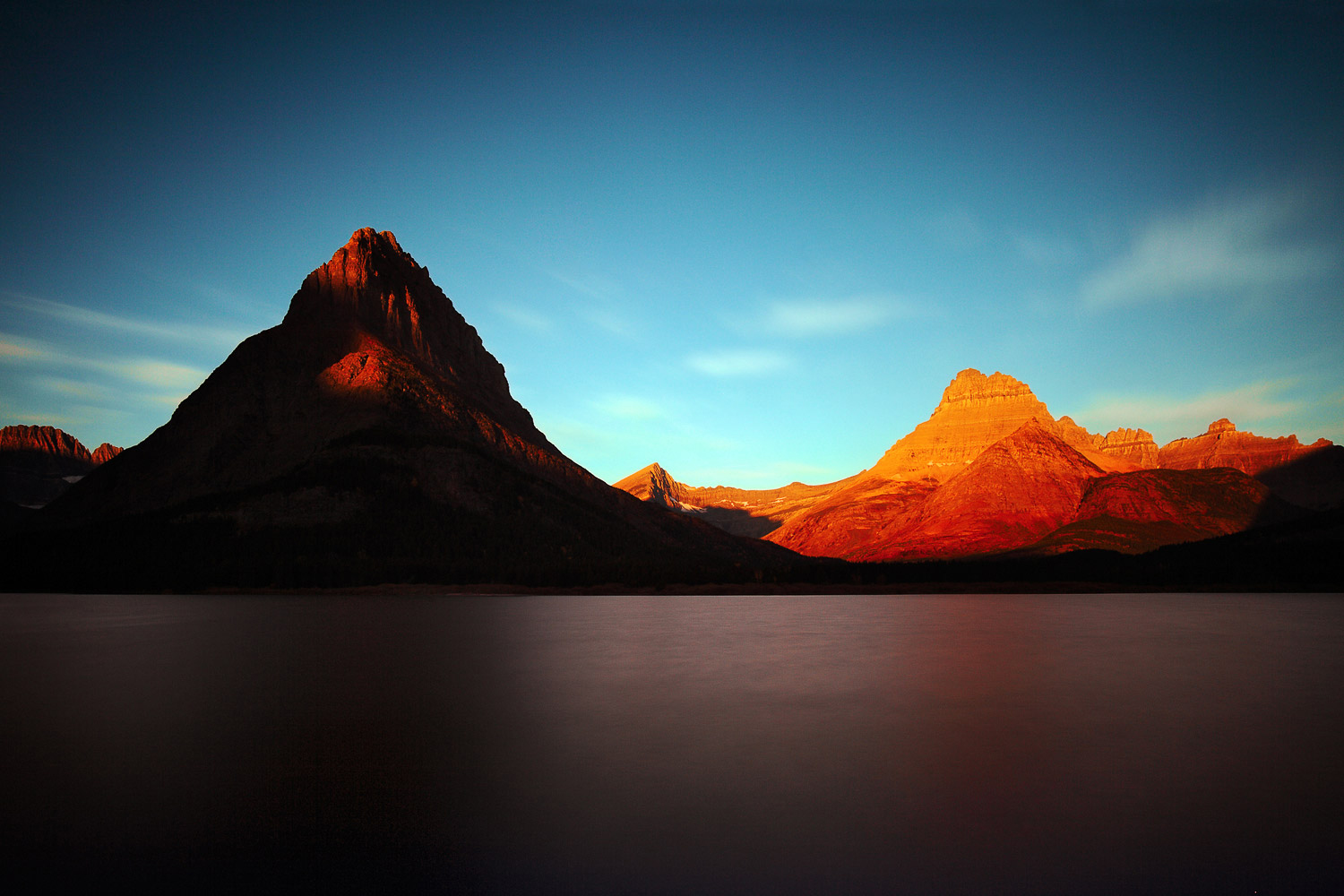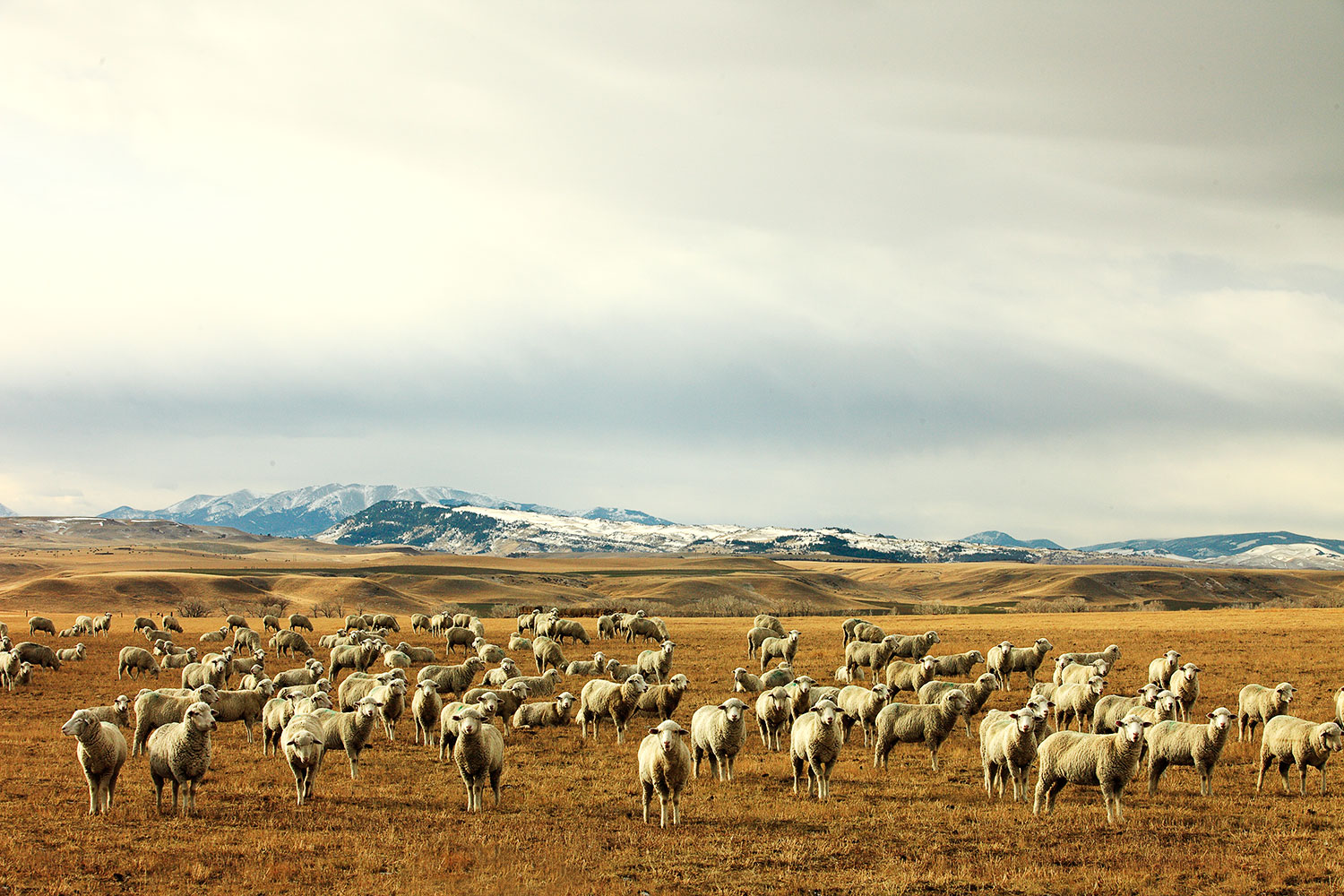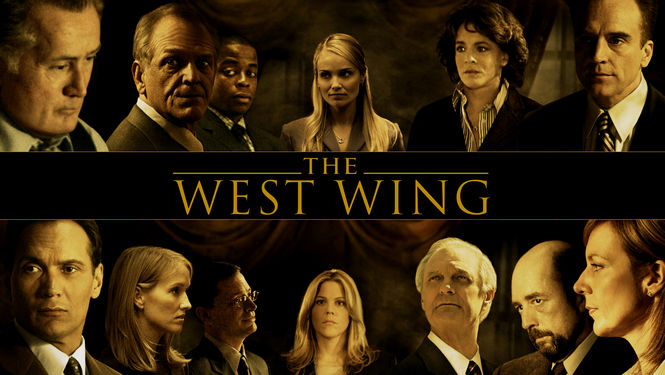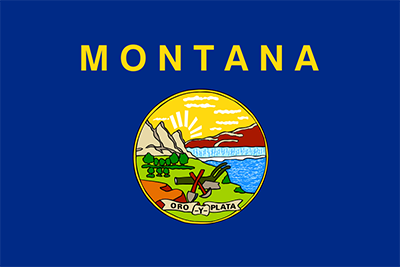Tourists from all over the world flock to Montana every year to soak up its grandeur and see for themselves its many beautiful and historic places. Montana really is a wonderful place to live. But it doesn't take long to realize many tourists come here loaded with some rather silly preconceived notions. While some of the misconceptions are stupid, others are downright dangerous. But all of them dumbfound the average Montanan.
As a public service to all of those who plan to visit Montana (especially those from California) I give to you this list of the biggest myths and misconceptions about Montana. Please consider this a public service. We'd hate to see you embarrass yourself. Or worse yet, get hurt.
Contrary to popular belief among many Montana tourists Glacier National Park is not a petting zoo or theme park. → Buy This Print
1.) Glacier National Park and Yellowstone National Park are not petting zoos. Nor are they theme parks.
Spend 10 minutes in one of these two beautiful national parks and it doesn't take long before you see tourists behaving like they are spending a sunny Sunday at Disneyland. I once overheard a tourist ask a ranger at Glacier National Park what time they fed the bears. On a different occasion I witnessed a father instructing his children to step out onto a thin, snow-covered cornice on the side of a mountain along Going to the Sun Road just so he could take a photograph. They were only one or two feet from the edge of a steep mountain precipice and a 3000-foot vertical drop to the valley below. And in another instance a person asked me why there was no cell phone coverage or wireless Internet at the top of Logan Pass.
Come on people, get a clue.
So, if you visit one of Montana’s many natural wonders please be aware that many of the locals are only one or two or three generations removed from the salty souls who settled the Montana frontier. They will not shed a tear if a tourist is gored by a 1000-pound buffalo because they ventured too close to the fury beast. And they won't lose any sleep if a visitor is mauled by a mama bear just because they thought it was okay to snap a selfie with her baby cub. The locals do ask, however, that you please keep your identification and emergency contact information on your person so it is easy for them to notify your next of kin.
Deer are deer. And elk are elk. Deer do not turn into elk regardless of breed, age, or elevation. Most Montanans can't even believe you think that. → Buy This Print
2.) Deer do not "turn into" elk.
Surprisingly, Montanans get this question a lot. Upon hearing this question and looking at the tourist just long enough to wonder how their genes survived the thousands of years in history of man, a Montanan is then likely to buffalo you and tell you that deer change to elk at a certain age or elevation. But they'd be lying. And you would be the cause of laughter when they share your story with friends later that evening at the bar.
But seriously, deer and elk are different species. You know, like house cats and bobcats. Or koala bears and grizzly bears. Deer and elk, however, are both ruminants, which means they have four-compartments in their stomach. Human stomachs have only one. Which is unfortunate, because if Montanans had four then maybe they would be better equipped to digest misconceptions such as this.
3.) Huckleberries are not the same as blueberries.
While huckleberries and blueberries are related (you know, like deer and elk−please see above), they are not the same. Simply put, wild huckleberries are much smaller than blueberries. And despite their smaller size (like bull riders) they pack much more of a punch. They are also much sweeter (unlike bull riders) than domestic blueberries, which by comparison are larger and much more bland. So please don’t insult a Montanan serving you huckleberries by saying they are the same thing. If you do, you might find yourself with a slice of huckleberry pie turned upside down on your lap.
4.) Indians do not live in tepees.
Stop at any gas station along a major highway inside on of Montana's Indian reservations and ask the clerk how many tourists wander by and want to know where “the real Indians” live. You would be surprised how often they hear this question (unless of course you were wondering the same thing). I personally witnessed someone asking this question at Fort Belknap Indian Reservation. The clerk behind the counter asked the man what he meant by “real Indians.” He replied, “You know−the ones that live in tepees.”
For the record, Native American Indians no longer live in tepees. And they haven't lived in tepees for a very long time. While many still have tepees and still use them for ceremonial purposes, Indians today live in homes just like you and me. And oh, for the record, Eskimos no longer live in igloos, trappers no longer carry muskets, and cowboys no longer drive cattle from Texas to Montana. Just so you know.
While it is technically true buffalo are not buffalo (they are bison), most Montanans don't really care. → Buy This Print
5.) Montanans know buffalo are technically bison, Indians are also Native Americans, and pronghorn antelope aren't really antelope at all.
There’s nothing like someone from west coast passing through Montana and stopping to correct us because the words we use. Yes, Montanans know buffalo are bison, Indians aren't from India, and pronghorn antelope are not antelope at all. We also know peanuts are not a pea or a nut (they are a legume), hamburgers are not made of ham, and tomatoes are not a vegetable. But that doesn't change how were refer to them. And before you think Indians are offended if they aren't called "Native American," go ahead and ask them. Virtually every Montana Indian I have met proudly thinks of themselves as an Indian. One even asked me when discussing this very topic, "Were you born in America?" To which I said, "Yes." He then answered, "Well then I guess you too are a native American."
Good point.
6.) Montanans actually do live in the state year round.
Many tourists often assume residents of Montana pack up and leave for some place warm when the tourist season comes to an end. They think Montanans spend their winters somewhere like California or Florida. So allow me to set the record straight. Montanans are not carnival workers. We live here year round. And I know that might be hard for some of you to fathom, especially since we live in a place that regularly experiences minus 40 degree weather, and wind chills that are much, much colder, but we can and we do live here year round. The truth is most Montanans can’t even image what it would be like without the bitter cold. Why? Because it helps chase tourists out of the state every year so we can finally get peace and quiet and enjoy the state to ourselves.
7.) Cowboys seldom (if ever) fought Indians.
Popularized by western movies, many people visit Montana and think cowboys were once very busy fending off Indians with six shooters and long rifles. While cowboys armed themselves against both predators and people who wanted to steal their cattle, the truth is nearly all the armed conflicts with Indians involved the United States Army, not cowboys. That is not to say cowboys and Indians have not had their differences. Some towns bordering Indian reservations, for example, have been home to some pretty bad anti-Indian bigotry. But today there are many, many more examples of cowboys and Indians getting along than not. What’s more, back in the day many Indians were also cowboys. And they still are today.
P.S. And oh, by the way...unless you think working 18-hour days during calving season and having inflamed hemorrhoids while riding horseback on long, boring trail rides is entertaining, cowboy life is not at all glamorous.



